Overseeing the grand opening of the Fatih Mosque Istanbul, known as Conqueror’s Mosque, built by Mehmed II after his conquest of Constantinople would be a momentous occasion requiring careful planning and consideration, that would have fallen on his Vizier’s responsibility. The Fatih Mosque was a symbol of Mehmed II's monumental achievements and religious devotion. CeremonialSupplies.com, the best shop on the net for all grand opening ceremony needs; ceremonial ribbons and banners, printed with logo and commemorative message, logo printed mats and event carpets, crowd posts and elegant stanchions and velvet rope, and many more celebratory accessories, to make your grand opening ceremony as grandiose as the grand opening of the Fatih Mosque would like to share a page from the old manuscript of the most grandiose opening events in architectural history, the detailed supplies, and the political figures that would be invited to the historic event.

Supplies and Decorations:
Ceremonial Carpets:
Luxurious carpets for the event, all in vibrant colors to cover the prayer area and create a welcoming atmosphere would be laid out. Bright color carpets with beautiful designs and intricate patterns and stitching with fine delicate threads that have touches of gold, laid out to welcome guests. In all ceremonies, carpets represent comfort, luxury, warmth, and elegance; one can only imagine the colors, all chosen to match the fine detailed designs of the splendidly painted tiles of the cupolas and domes.

Ornate Chandeliers:
Intricately designed chandeliers and lighted candles from hundreds of wall sconces to illuminate the mosque's interior and highlight the grandeur of the mosque. Large windows and openings in the dome and walls were designed by architect Atik Sinan, to allow ample sunlight to enter the interior space. These windows were carefully positioned to capture the sunlight at different angles throughout the day, creating a dynamic play of light and shadows.

Calligraphy and Artwork:
Beautifully crafted calligraphy and artwork depicting verses from the Quran and motifs symbolizing unity and devotion would be emblazoned on large banners hung all along the walls, between the candlelight sconces, their brilliant jewel colors resplendent, making all who enter humble with awe and gratitude. Commissioned from the most prominent masters of their craft.
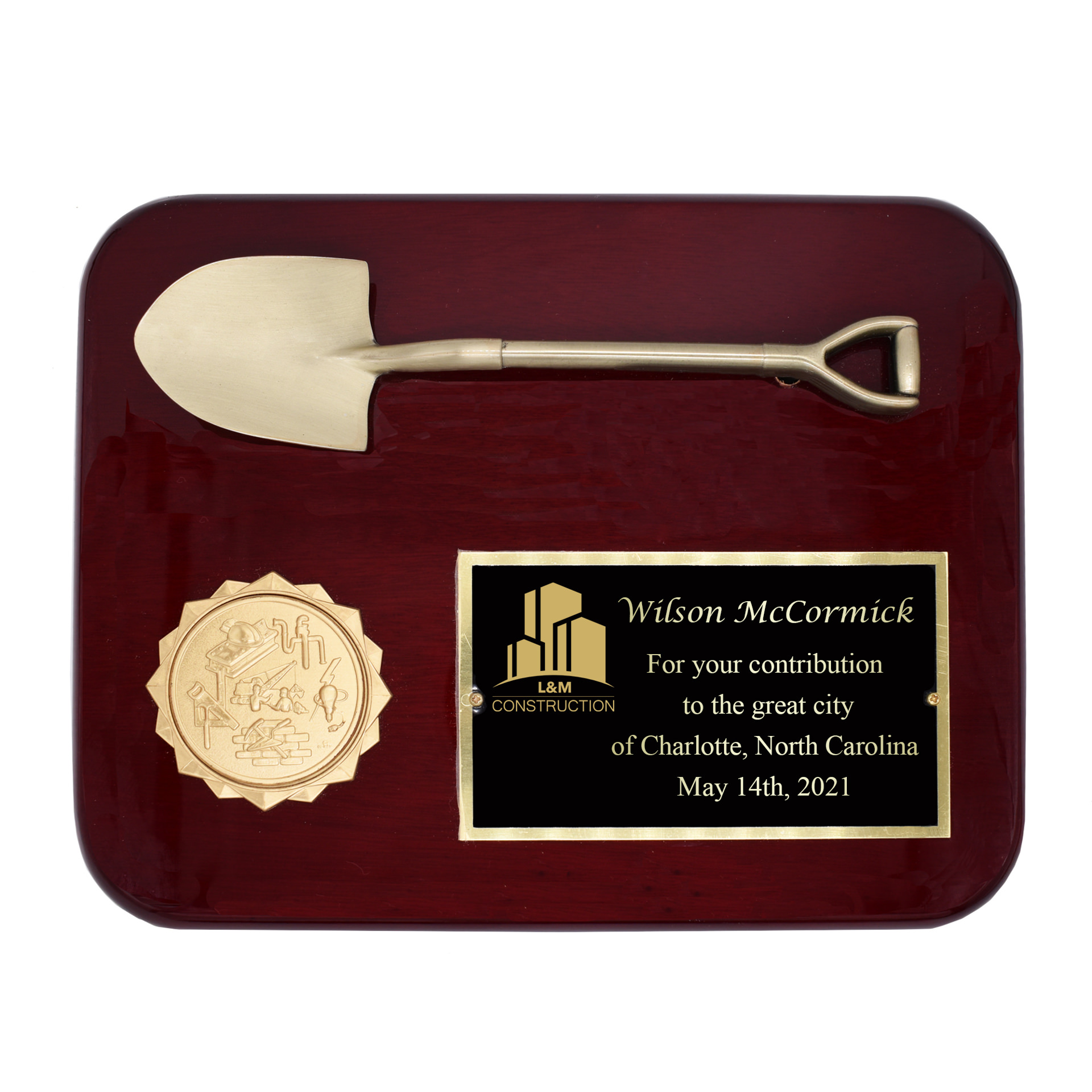
Floral Arrangements:
Bushes and vines of exotic, rare and beautiful blooming lush flora to decorate the sprawling garden outside the mosque, and delicately cut and arranged fresh flowers and greenery were used to adorn the mosque's entrances, minbar (pulpit), and mihrab (prayer niche).
Incense and Fragrances:
Fragrant incense and oils to enhance the sensory experience and create a serene ambiance. A single, giant incense burner of the finest polished brass to be hung with shiny polished brass chains, from a sprocket that would make the giant incense burner swing from one end of the mosque to the other, infusing the interior of the Fatih Mosque with a soothing sense of heightened spiritual awareness evoked by the pleasurable fragrance.
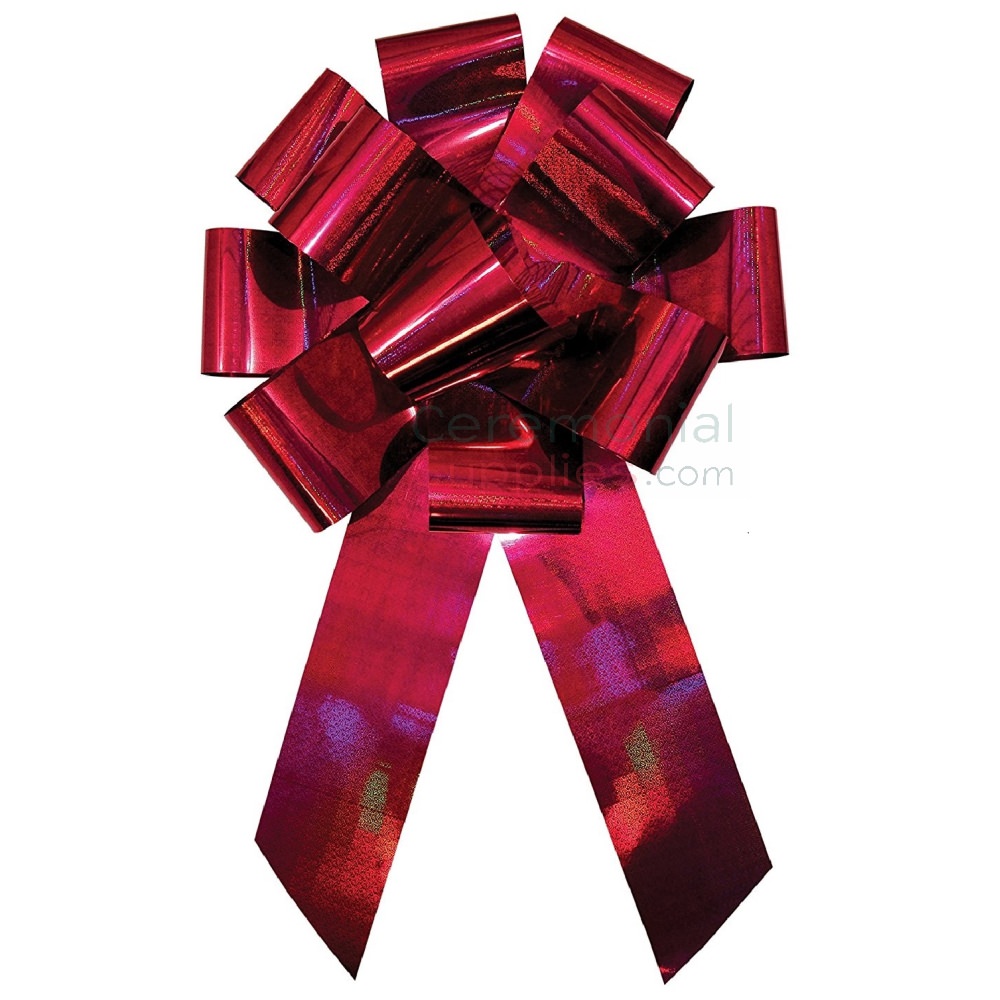
Invited Political Figures on the Guest List
The grand opening would be presided over by Sultan Mehmed II himself, highlighting his patronage of the mosque and his dedication to Islam. The Fatih Mosque was designed by the renowned Ottoman architect Atik Sinan, also known as Mimar Sinan, or simply Sinan, . Atik Sinan, also known as Mimar Sinan, or simply Sinan, was present at the grand opening. The renowned Ottoman architect was one of the most influential and celebrated architects of the Ottoman Empire, known for his mastery of Islamic architecture and his contributions to many iconic structures throughout the empire. Others present included Imperial Officials and High-ranking officials from the Ottoman imperial court, including Grand Vizier Mahmud Pasha Angelović. Mahmud Pasha Angelović was a prominent statesman and military commander who served as the grand vizier (chief minister) of the Ottoman Empire during Mehmed II's reign. He played a significant role in various military campaigns and diplomatic negotiations, contributing to the expansion and consolidation of Ottoman territories. Another important official present was Grand Vizier Karamani Mehmed Pasha. Karamani Mehmed Pasha was another influential grand vizier under Mehmed II. He held various administrative and military positions within the Ottoman government and was known for his administrative reforms and efforts to strengthen the empire's infrastructure and institutions. Akşemseddin, a highly respected Sufi scholar and spiritual guide, was present at the grand event. Akşemseddin was known for his influence and close relationship with Mehmed II. Eminent scholar and jurist, Molla Gürani, who served as the chief qadi (judge) during Mehmed II's reign and played a significant role in the religious and legal affairs of the Ottoman Empire was also present at the ceremony. Also in attendance was Ali Qushji, renowned astronomer and mathematician from Samarkand, who served as the chief astronomer in Mehmed II's court. Foreign dignitaries were also in attendance, notably Amedeo of Savoy, also known as Amadeus IX, Duke of Savoy, who was a close friend and ally of Mehmed II. He maintained diplomatic relations with the Ottoman Empire and supported Mehmed II during various military campaigns and diplomatic endeavors. Amedeo of Savoy's friendship with Mehmed II contributed to the strengthening of ties between the Ottoman Empire and European states.
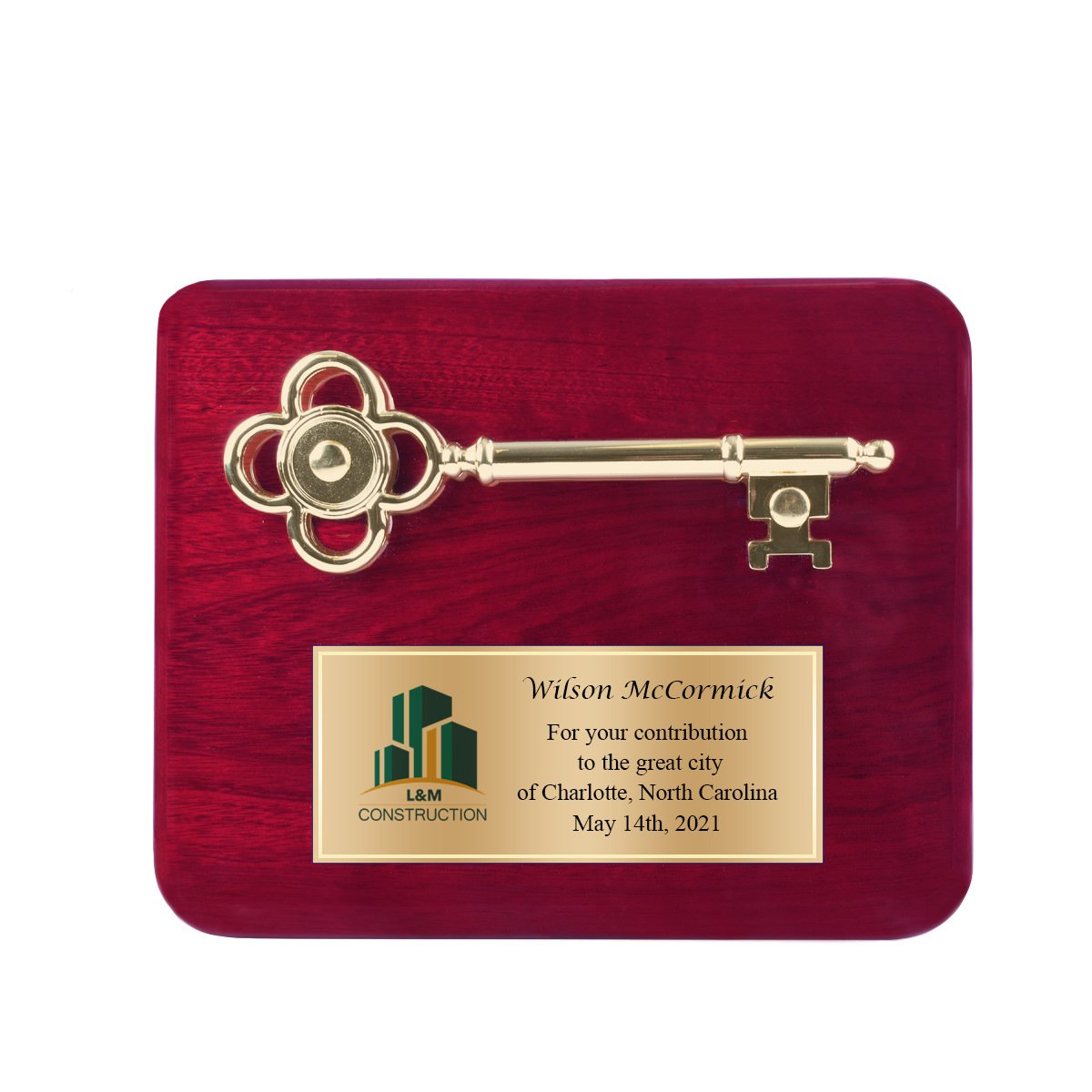
Official Ceremony
A formal ceremony to mark the opening of the mosque, including speeches praising Sultan Mehmed II's vision and contributions to Islamic architecture. The dedicatory speeches were by the officers and viziers, and the Sultan himself. The ceremony was followed by prayers led by Aksemseddin, and other esteemed imams and scholars, followed by cultural performances that included traditional music, poetry recitals, and whirling dervish performances, military display of the Jenniserians, and performances that showcased the richness of the Ottoman Empire.
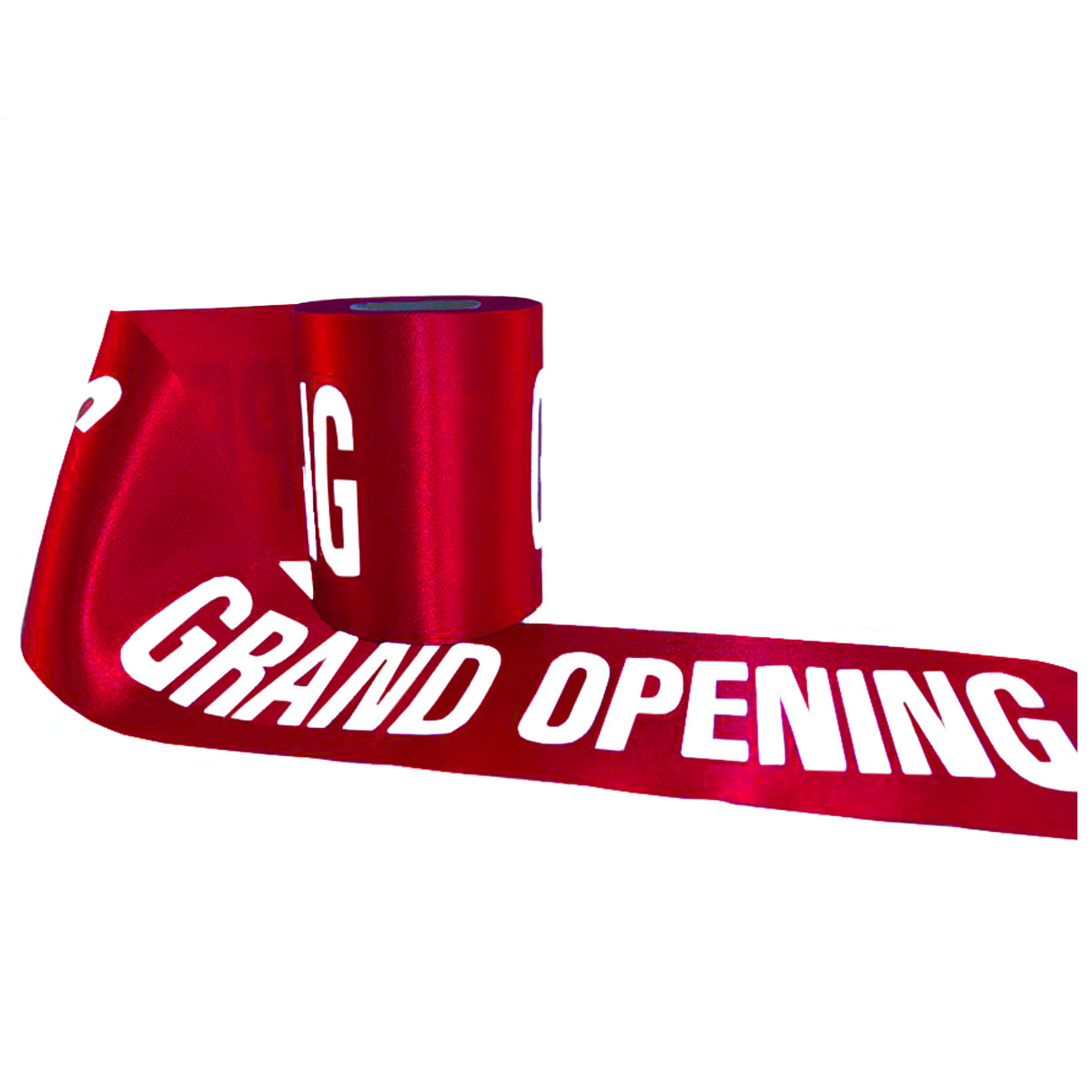
Feast and Hospitality:
A lavish feast (iftar) for guests and attendees, highlighting Ottoman cuisine and hospitality traditions, fostering camaraderie and goodwill was the culmination of the Fatih Mosque grand opening.
Mehmed II, also laid the first stone of the Fatih Mosque. There were no first-sod cuttings or luxuriously engraved groundbreaking shovels; the custom of the day was laying the first stone, which centuries after became the groundbreaking ceremony ritual referred to as “the laying of the cornerstone”. The construction of the mosque began in 1463 after Mehmed II conquered Constantinople (Istanbul) in 1453, marking the end of the Byzantine Empire and the beginning of the Ottoman Empire's dominance in the region. Mehmed II personally supervised and supported the construction of the Fatih Mosque, which was intended to be a grand architectural and religious symbol of his conquest and the Islamic faith. The mosque's construction was completed in 1470, and it became one of the most significant and impressive mosques in Istanbul, serving as Mehmed II's final resting place.
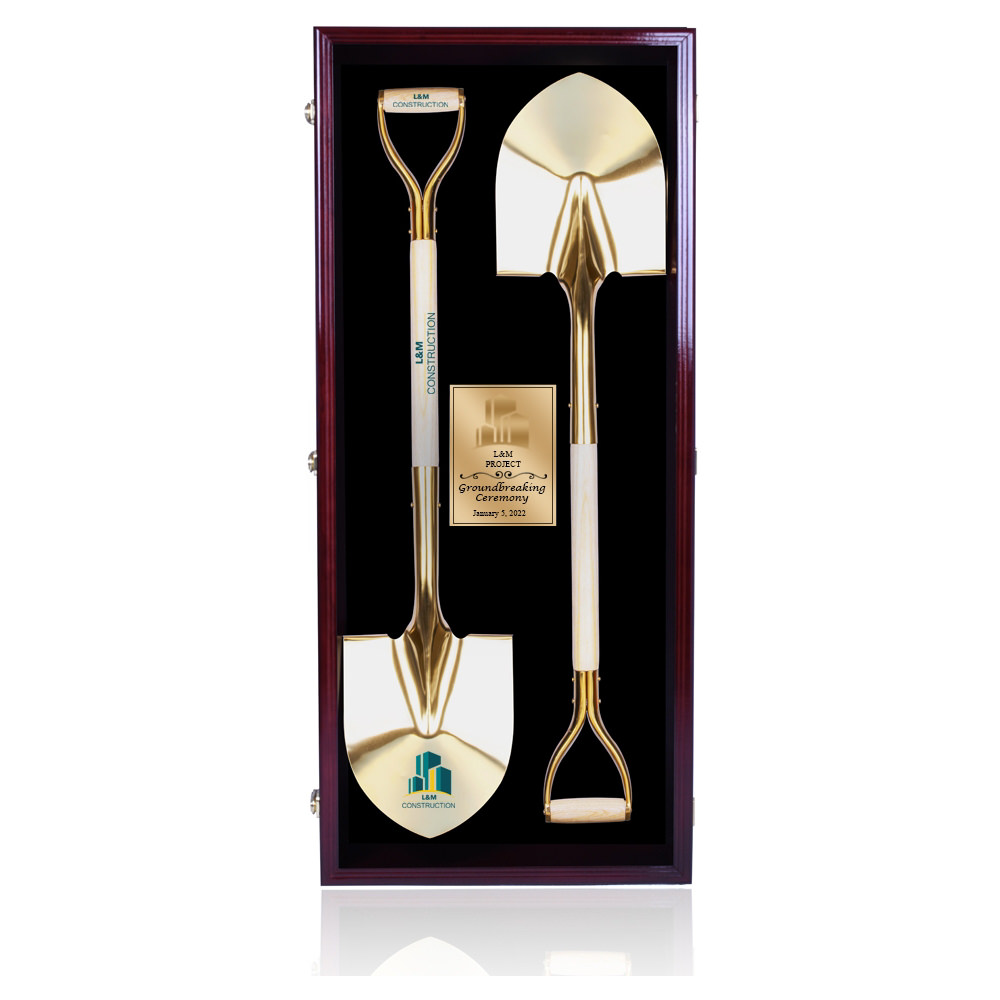
Shop CeremonialSupplies.com for all your grand opening and groundbreaking ceremonies and turn these commemorative events into truly magnificent gatherings, where everyone shares in the excitement. From our custom printed ribbons for grand openings and any occasion you wish, to giant, ceremonial scissors, custom printed shovels for groundbreaking ceremonies, display stands and display cases, wearables, and many more accessories. Click here for a quote.
